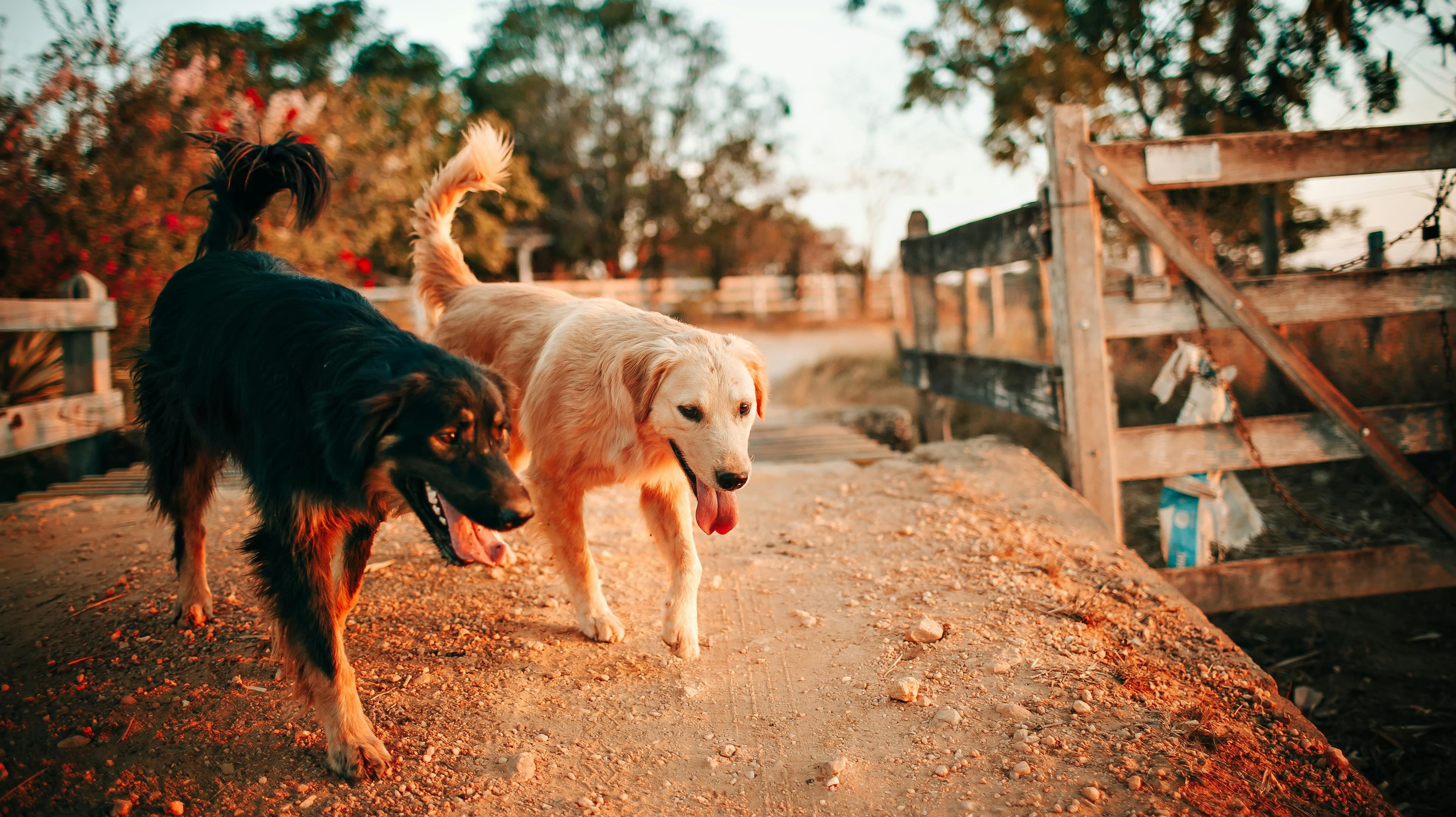Dogs have been man’s trusted companions for many years, as we spend time together and share our homes and lives with them. They have become, for some, like our very own children. As a dog owner, you may be wondering, “Can dogs understand humans?’’
For this and more, we offer a dive into canine cognition and communication.
Dogs Are Listening to Us
Due to their coexistence with humans, dogs tend to listen and understand human language, as evidenced by their response to commands given to them. Dogs are quick learners and with continual repetition and training, they learn to associate specific words with specific actions. Dogs are believed to respond much like human infants and although they may not comprehend complete sentences, they do have an ability to recognize words that pertain to them.
Two questions are the most common in this topic: How many words do dogs know? How many words can dogs understand? The average dog can learn 165 words and some can understand as many as 250 words. This is a clear indication that not only does man's best friend listen, but they understand what is being said.
Dogs listen to human speech and they have a way of processing the information. The best way to foster their comprehension is by continuously talking to them and giving them clear commands.
Tone and Body Language Cues
Beyond verbal communication, dogs can understand tones of voice and grasp body language cues. Dogs know more than just the commands we give them. They are believed to understand our body language and tonal variation more than they do the commands we give.
According to Virginia Morell, two scientists had two dogs sitting and facing a speaker, while a recording of a short sentence was played to them - ’come on and then’ - and they watched which way the dogs turned. When individual words were emphasized, the dogs turned towards the right thus utilising their left hemispheres, while the recording with exaggerated intonations was played, they turned to the left showing a right hemisphere response. This was evidence enough that just like humans, dogs seem to process speech similarly.
It is not what you say to the dog that counts, but how you say it. Dogs normally listen to your tone of voice and observe your facial expressions, body movements, and posture to determine what you mean.
For example, when you are having a rough day, your dog may want to stay closer to you.
Word Recognition
Dogs are capable of linking words to specific objects. They can learn more than just commands but also the meaning of many words. Not only do they associate words with specific actions they also do associate words with specific objects such as toys. Therefore, when the word is repeated, the dog recognizes the word and performs the expected action.
How Dog Owners Should Behave
We all love being praised and this also applies to dogs. We are normally quick to shout at the dogs for wrongdoing yet forget to acknowledge good behavior. When we as humans are recognized for a job well done, we tend to work even harder to ensure that we are continually appreciated for it. Dogs, like humans, will repeat those activities that are rewarded. So as a dog owner, it is a good idea to appreciate your dog, be it belly rubs, new toys, or even a treat.
Choose Your Words
The choice of your words matters when talking to a dog. Just a simple “‘good boy/girl” will be enough to show that you acknowledge the good behavior. What if the dog misbehaves?’ First, you need to understand your dog and why they are behaving the way they are. Secondly, find a good way of disciplining the dog: using your voice to put a stop to unwanted behavior rather than hitting the dog.
Be Consistent
While you are teaching your dog a new word, you need to keep repeating the same to the dog until the word is learned. Whichever techniques and methods you use, you need to stick to them until the dog understands and can associate the words with the action.
Positive Reinforcement
Introducing a new word or activity to your dog may be an uphill task. What you should consider is a reward system. Positive reinforcement is highly effective in getting a desirable response from your dog. This includes having treats at hand to give to your dog after a successful attempt at learning a word or associating the word with an activity. Other rewards can be belly rubs or new toys.
Short and Sweet
The language you use while communicating with your dog needs to be short and sweet. Repeating words to the dog ensures that your dog becomes familiar with the words making them become next to nature.
Do Dogs Think Like Humans?
You may be wondering whether dogs think like humans. It is not known exactly how dogs think, but they do think and can experience a range of emotions and thoughts. Their mind is quite different from the human mind but there is a similarity in memory retention and information processing.
Ever wondered how a dog can recall their owner after a long time of separation? Yes, just like humans dogs possess the ability to recall people and how these people made them feel.
Do Dogs Understand Each Other?
Dogs cannot talk, therefore, their only way of communication is through body language also known as ‘‘dogs language’’ e.g., tail wagging, and ear movement. They can also communicate using vocalization and scent cues. Dog vocalization includes barking and howling. They can also alter their vocals to produce different sounds that could have different meanings and only other dogs can understand this.
The urination scent is normally left to alert other dogs that they are in the vicinity.
Conclusion
Now that we know that indeed dogs do listen and understand us, we need to put more effort into understanding their language as well. Proper communication means strengthening our bond and improving the trust between us and our loyal companions.
Frequently asked questions
What do dogs think about?
Just like humans, dogs tend to think about food, friends and family, and even their daily routines e.g., morning or evening walks.
Do dogs understand English?
Dogs can understand certain English words, but generally, dogs will understand whatever language you use to teach commands.
Can humans understand dogs?
Yes, humans can understand dogs by learning their dog’s behavior e.g., tail wagging when a dog is happy.
Can dogs talk?
No, dogs cannot talk but they can communicate using body language like barking or howling.



